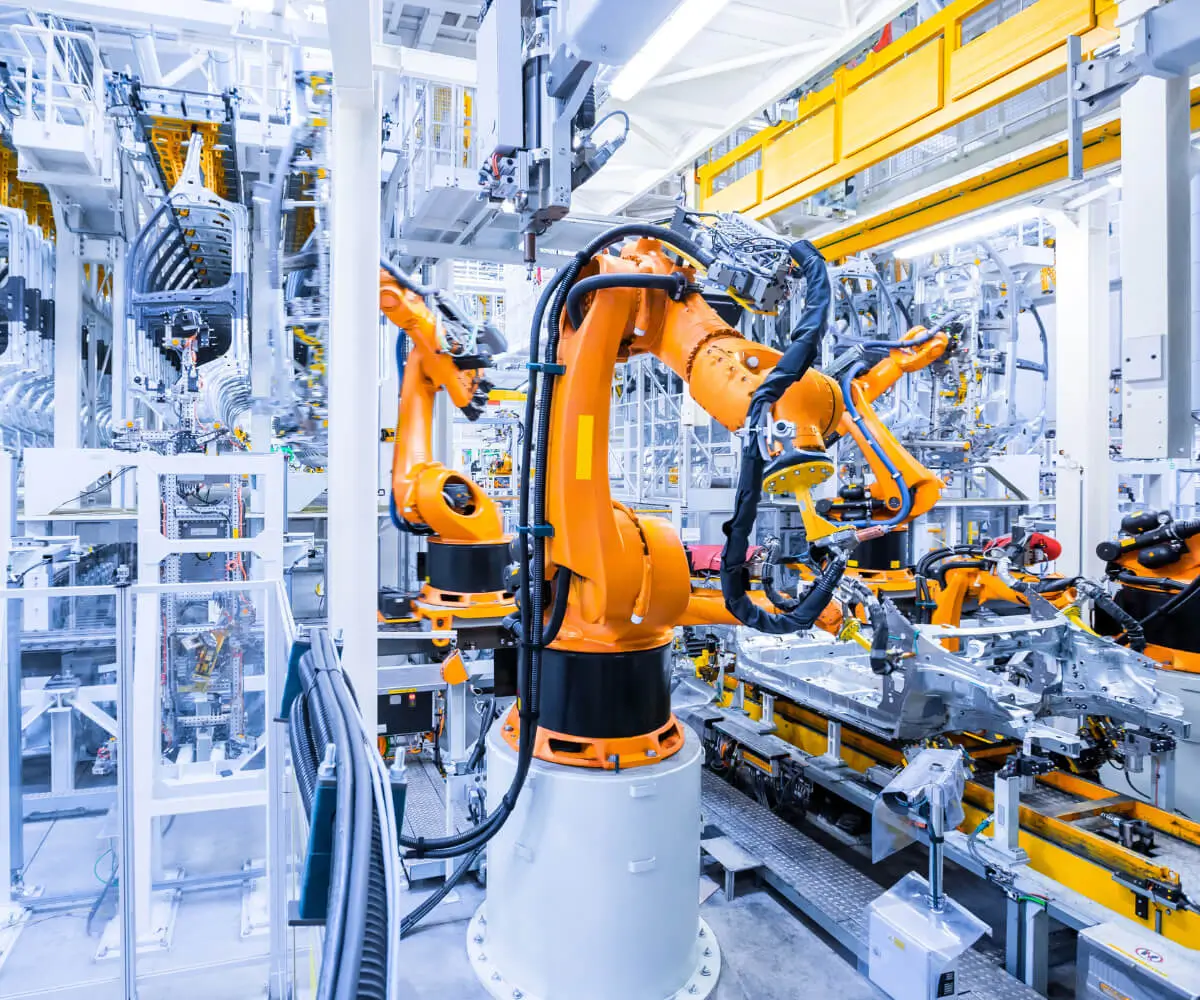In the realm of industrial automation, few components are as vital and as finely tuned as servo motors. Among the giants in this arena, Fanuc has established itself as a trusted name, synonymous with reliability, precision, and advanced technology. Central to maximizing the potential of Fanuc servo systems is understanding their parameter manual—an essential blueprint for engineers, technicians, and automation specialists alike.

Imagine trying to navigate a complex city without a map. That’s akin to operating a Fanuc AC servo motor without delving into its parameter manual. The manual isn’t just a set of technical instructions; it’s a comprehensive guide that illuminates how each setting impacts motor behavior, system stability, and overall performance.
At the heart of this manual lie a series of parameters—each a puzzle piece that shapes the motor's operating profile. These parameters can seem daunting initially, especially when staring at pages filled with numerical codes and jargon. But once decoded, they reveal the secret sauce behind precise motion control.
In essence, the Fanuc AC servo motor parameter manual serves multiple critical functions:
Customization: Tailoring the servo motor’s parameters to fit specific application needs—be it high-precision machining, rapid pick-and-place operations, or delicate assembly lines. Troubleshooting: Diagnosing and resolving operational hiccups by understanding parameter relationships and limits. Optimization: Fine-tuning performance parameters to improve efficiency, reduce wear, and extend motor lifespan.
Understanding the structure of the manual can significantly ease the learning curve. Typically, it is divided into sections detailing:
General parameters: Basic settings such as motor identification, operational mode, and safety limits. Advanced control parameters: Parameters defining torque, speed, and position control algorithms. Diagnostic parameters: Real-time feedback for health monitoring and fault diagnosis. Configuration parameters: Communication settings, calibration, and reset functions.
Let’s explore some core concepts that underpin the manual’s content.
The Significance of Parameter Tuning
Servo motor performance hinges on meticulous parameter tuning. It’s similar to adjusting a musical instrument—slight tweaks can make the difference between a harmonious operation and discordant vibrations. Proper configuration ensures the servo system responds promptly to control commands, maintains stability under load variations, and operates efficiently without overheating or excessive wear.
For instance, parameters like gain settings—which govern the responsiveness of the control loop—must be calibrated appropriately. Too high a gain can cause oscillations, while too low might result in sluggish performance. The manual provides detailed guidance on setting these values, often with recommended ranges tailored to different motor sizes and applications.
The Importance of Safety and Fault Parameters
Safety is paramount in industrial environments, and the manual addresses this through parameters designed to prevent mishaps. These include limits on current, voltage, and temperature. Understanding these parameters and their thresholds can avert costly damage or downtime.
For example, if a particular fault occurs—such as overheating—the system can be configured to shut down or enter a safe mode, protecting both the motor and the machinery. The manual’s diagnostic parameters assist technicians in pinpointing the root cause swiftly, saving valuable maintenance time.
Practical Applications and Benefits
Properly configuring your Fanuc AC servo motor through the parameter manual translates into tangible benefits:
Enhanced precision: Fine-tuning parameters allows for micro-level movements, crucial in high-precision machining or semiconductor manufacturing. Increased efficiency: Optimized settings reduce energy consumption and minimize waste. Longer equipment lifespan: Proper parameters prevent excessive mechanical stress and thermal overload. Reduced downtime: Accurate diagnostics and fault limits lead to quicker troubleshooting.
Bridging Theory and Practice
To truly unlock a servo motor’s potential, it’s vital to combine knowledge from the manual with hands-on experience. Initial parameter setting often involves a process of trial, measurement, and adjustment—akin to tuning a complex instrument. Modern Fanuc servo systems often feature user-friendly interfaces, such as dialog-based menus and parameter calculators, making this task more accessible.
However, caution is essential. Changes in parameters should always be documented and tested incrementally. Any significant adjustments should be validated through system tests to ensure stability.
Future Trends and Integration
The future of servo motor technology is exciting. With Industry 4.0 advancements, the Fanuc parameter manual is increasingly integrating with predictive maintenance tools and remote diagnostics. Parameters can be monitored and adjusted in real-time via networked interfaces, allowing for smarter, more adaptive automation systems.
In this evolving landscape, a thorough understanding of the manual isn’t just advantageous; it becomes a competitive edge. Technicians who master parameter configuration can ensure their systems operate at peak performance, adapt swiftly to changing demands, and contribute to more resilient production lines.
Ready for the next part? I’ll continue with more detailed exploration of specific parameters, case studies, and practical tips to help you become a Fanuc servo parameter expert.
Kpower has delivered professional drive system solutions to over 500 enterprise clients globally with products covering various fields such as Smart Home Systems, Automatic Electronics, Robotics, Precision Agriculture, Drones, and Industrial Automation.




































